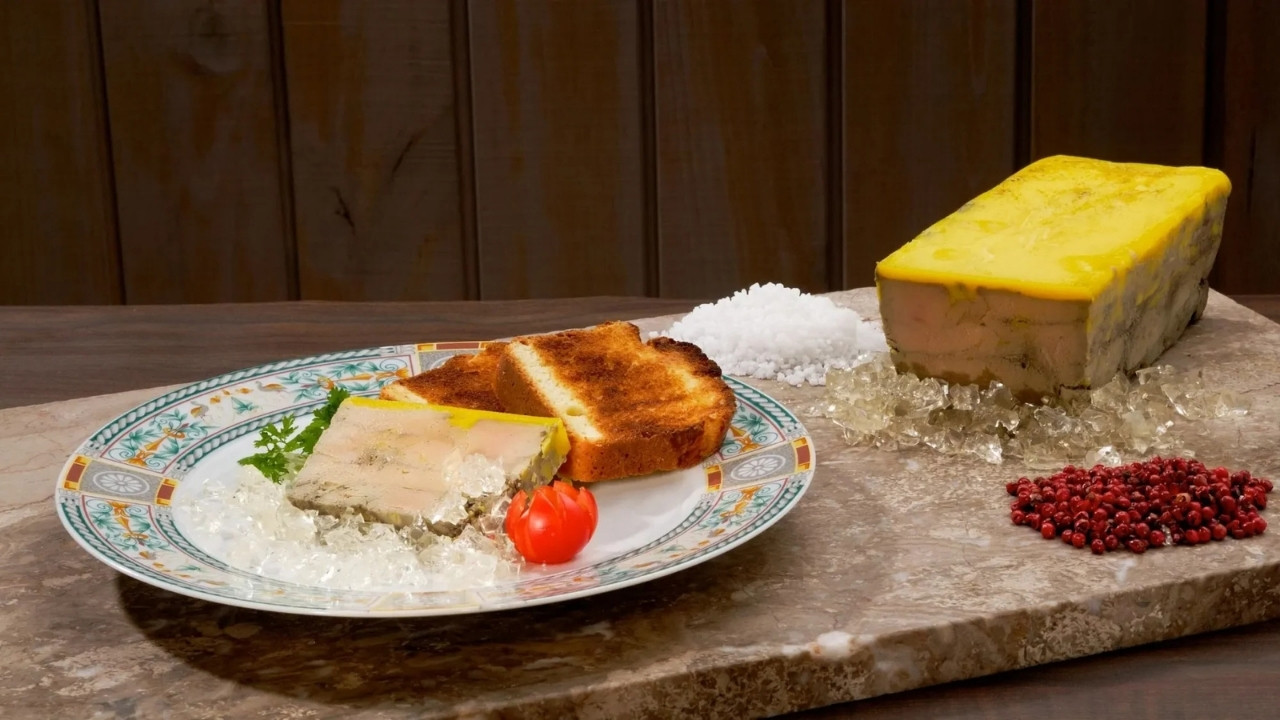
Foie gras, a delicacy often associated with luxury dining, has a rich history and unique production process that intrigues many. But what exactly is foie gras? Foie gras is the liver of a duck or goose that has been specially fattened, typically through a process called gavage. This controversial method has sparked debates about animal welfare, yet the dish remains a staple in French cuisine. Did you know that foie gras dates back to ancient Egypt? Egyptians discovered that waterfowl could be fattened by force-feeding, leading to the creation of this gourmet treat. Today, foie gras is enjoyed worldwide, often served in high-end restaurants. Whether you’re a foodie or just curious, these 30 facts about foie gras will give you a deeper understanding of this luxurious dish.
What is Foie Gras?
Foie gras, a French delicacy, is made from the liver of a duck or goose. This luxurious dish has a rich history and unique production process. Here are some fascinating facts about foie gras.
- Foie gras translates to "fat liver" in French.
- The dish dates back to ancient Egypt, where it was discovered that geese could be fattened by feeding them figs.
- France is the largest producer and consumer of foie gras globally.
- The production process involves force-feeding ducks or geese, a practice known as "gavage."
- Foie gras is considered a luxury item and is often served in high-end restaurants.
The Production Process
Understanding how foie gras is made can shed light on why it is so controversial and expensive. The process is intricate and requires specific techniques.
- Ducks and geese are typically force-fed for 2-3 weeks before slaughter.
- The feeding process uses a tube to deliver corn mash directly into the bird's esophagus.
- This method causes the liver to enlarge up to ten times its normal size.
- The practice of gavage is banned in several countries due to animal welfare concerns.
- Despite the controversy, proponents argue that birds do not have a gag reflex, making the process painless.
Culinary Uses
Foie gras is versatile in the kitchen, offering a range of culinary possibilities. Chefs around the world have created numerous dishes featuring this ingredient.
- Foie gras can be served as a pâté, mousse, or parfait.
- It is often paired with sweet flavors like fruit compotes or honey.
- In France, it is traditionally served with Sauternes, a sweet white wine.
- Foie gras can be seared, providing a crispy exterior and a creamy interior.
- It is also used in terrines, where it is layered with other ingredients and cooked slowly.
Nutritional Information
While foie gras is a delicacy, it is also rich in nutrients. However, it is important to consume it in moderation due to its high fat content.
- Foie gras is high in vitamin A, which is essential for vision and immune function.
- It also contains significant amounts of iron and copper.
- The dish is calorie-dense, with a small serving providing a substantial amount of energy.
- Despite its high fat content, foie gras contains healthy monounsaturated fats.
- It is low in carbohydrates, making it suitable for low-carb diets.
Controversies and Legal Issues
Foie gras has been the subject of much debate, particularly concerning animal welfare. Various countries have taken different stances on its production and sale.
- The production of foie gras is banned in several countries, including the UK, India, and Australia.
- In the United States, California banned the sale and production of foie gras in 2012, although the law has faced legal challenges.
- Animal rights organizations argue that gavage is inhumane and causes unnecessary suffering.
- Some producers have experimented with natural feeding methods, allowing birds to overeat voluntarily.
- Despite the controversies, foie gras remains a symbol of culinary luxury and tradition.
Cultural Significance
Foie gras holds a special place in French culture and cuisine. Its significance extends beyond just being a food item.
- It is often served during special occasions and holidays in France, such as Christmas and New Year's Eve.
- The dish has been protected under French law as part of the country's cultural and gastronomic heritage.
- Foie gras festivals are held in various regions of France, celebrating the tradition and craftsmanship involved in its production.
- The dish has inspired numerous chefs and food enthusiasts to create innovative recipes.
- Despite its controversies, foie gras continues to be a beloved delicacy for many around the world.
Final Thoughts on Foie Gras
Foie gras is a dish that stirs up strong opinions. Some see it as a luxurious treat, while others view it as a symbol of animal cruelty. Understanding its history, production methods, and cultural significance can help you form your own opinion. Whether you choose to indulge in foie gras or avoid it, being informed is key. Remember, every bite you take has a story behind it. From ancient Egypt to modern-day Michelin-starred restaurants, foie gras has traveled a long way. It's not just about taste; it's about tradition, ethics, and personal choice. So next time you see foie gras on a menu, you'll know a bit more about what you're considering. Knowledge is power, and now you have a little more of it. Enjoy your culinary adventures, whatever they may be!
Was this page helpful?
Our commitment to delivering trustworthy and engaging content is at the heart of what we do. Each fact on our site is contributed by real users like you, bringing a wealth of diverse insights and information. To ensure the highest standards of accuracy and reliability, our dedicated editors meticulously review each submission. This process guarantees that the facts we share are not only fascinating but also credible. Trust in our commitment to quality and authenticity as you explore and learn with us.
